
Why Skills-First Leadership Is Replacing the Ivy League Playbook in the C-Suite
The old prestige pyramid—where Ivy League degrees and blue-chip consulting backgrounds paved the way to the CEO seat—is cracking.
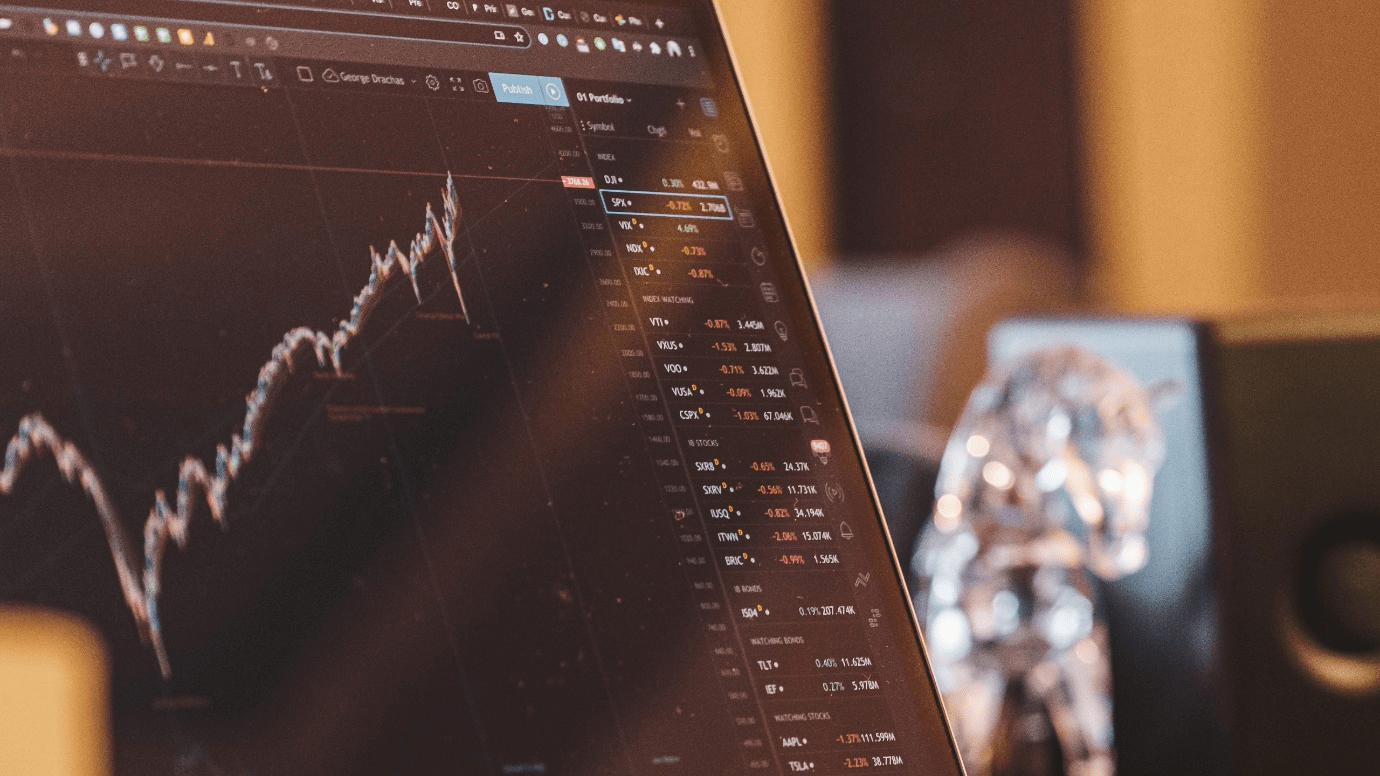
January 10, 2022: – Shares in Asia-Pacific were mixed following heavy losses for some regional markets in the last trading day, as investors continued to assess the impact of a potentially faster-than-expected policy tightening by the U.S. Federal Reserve on Friday. The Hang Seng index in Hong Kong improved 1.82% to close at 23,493.38, leading to gains among the major markets.
Hong Kong-listed shares of Shimao Group decreased 5.43% after Reuters reported that the developer defaulted on a trust loan.
However, shares of other Chinese real estate companies listed in the city saw gains: China Evergrande Group climbed 4.85%, and Sunac increased 4.08%. The Hang Seng Properties index gained 2.54%.
Therefore, mainland Chinese stocks closed lower. The Shanghai Composite decreased 0.18% to 3,579.54 while the Shenzhen component shed 0.595% to 14,343.65.
The Nikkei 225 in Japan shed earlier gains closed marginalizes lower at 28,478.56, which adds to losses after a nearly 3% drop on Thursday. The Topix index finished the trading day fractionally lower at 1,995.68.
South Korea’s Kospi gained 1.18%, which closes at 2,954.89. Shares in Australia were up on the day, with the S&P/ASX 200, which rose 1.29% to 7,774.40.
MSCI’s broadest index of Asia-Pacific shares outside Japan edged 0.75% higher.
Markets were spooked in the week and decreased sharply after minutes from the Fed’s December meeting showed officials at the central bank ready to dial back policy help aggressively.
The benchmark U.S. 10-year Treasury note yield rose as high as 1.75% on Thursday, last sitting at 1.7302%, still much higher after ending 2021 at 1.51%. Yields move inversely to prices.
Overnight on Wall Street, the Dow Jones Industrial Average decreased 170.64 points to 36,236.47 while the S&P 500 shed nearly 0.1% to 4,696.05. The Nasdaq Composite slipped 0.13% to approximately 15,080.87.

The old prestige pyramid—where Ivy League degrees and blue-chip consulting backgrounds paved the way to the CEO seat—is cracking.

Loud leaders once ruled the boardroom. Charisma was currency. Big talk drove big valuations.
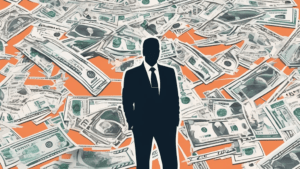
But the CEOs who make history in downturns aren’t the ones with the deepest cuts

Companies invest millions in leadership development, yet many of their best executives leave within a few years. Why?

The most successful business leaders don’t just identify gaps in the market; they anticipate future needs before anyone else.
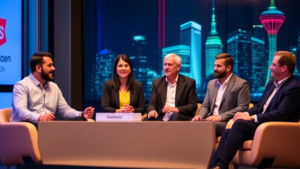
With technological advancements, shifting consumer expectations, and global interconnectedness, the role of business leaders
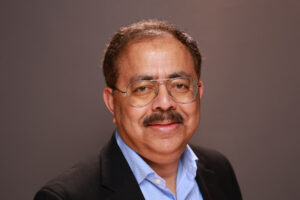
Maushum Basu is a visionary leader who inspires his team with a clear, compelling purpose. Unafraid to take calculated risks, he understands that growth often stems from change and innovation. His deep commitment to both Airia Brands, Inc.
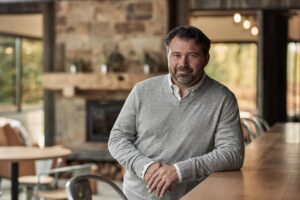
When speaking with Martin Paquette, one thing is immediately apparent: he’s honest. His transparency is refreshing. While many shy away from such vulnerability, Paquette sees it as a force to reckon with. The incredible emotional intelligence speaks to years of looking within—it’s also what allows him to acknowledge his mistakes gracefully and use them as opportunities to innovate.
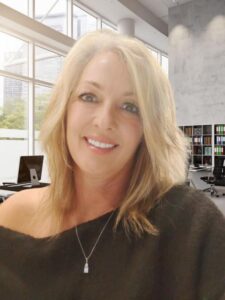
Marina Charriere, CEO of Star Drug Testing Services, Star Drug Testing Services (Windsor Park), and First Defence Face Masks go hand in hand. Star is a drug and alcohol testing facility, and First D F M is a face mask company.
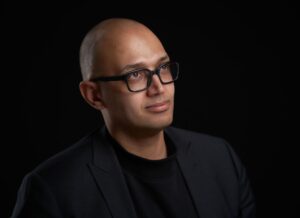
Lejjy Gafour, CEO, CULT Food Science Corp. Lejjy is a self-taught entrepreneur and experienced company operator who made his start creating opportunities at the young age of 14, and he has been working, leading, and building businesses ever since.


Leave us a message
Subscribe
Fill the form our team will contact you
Advertise with us
Fill the form our team will contact you